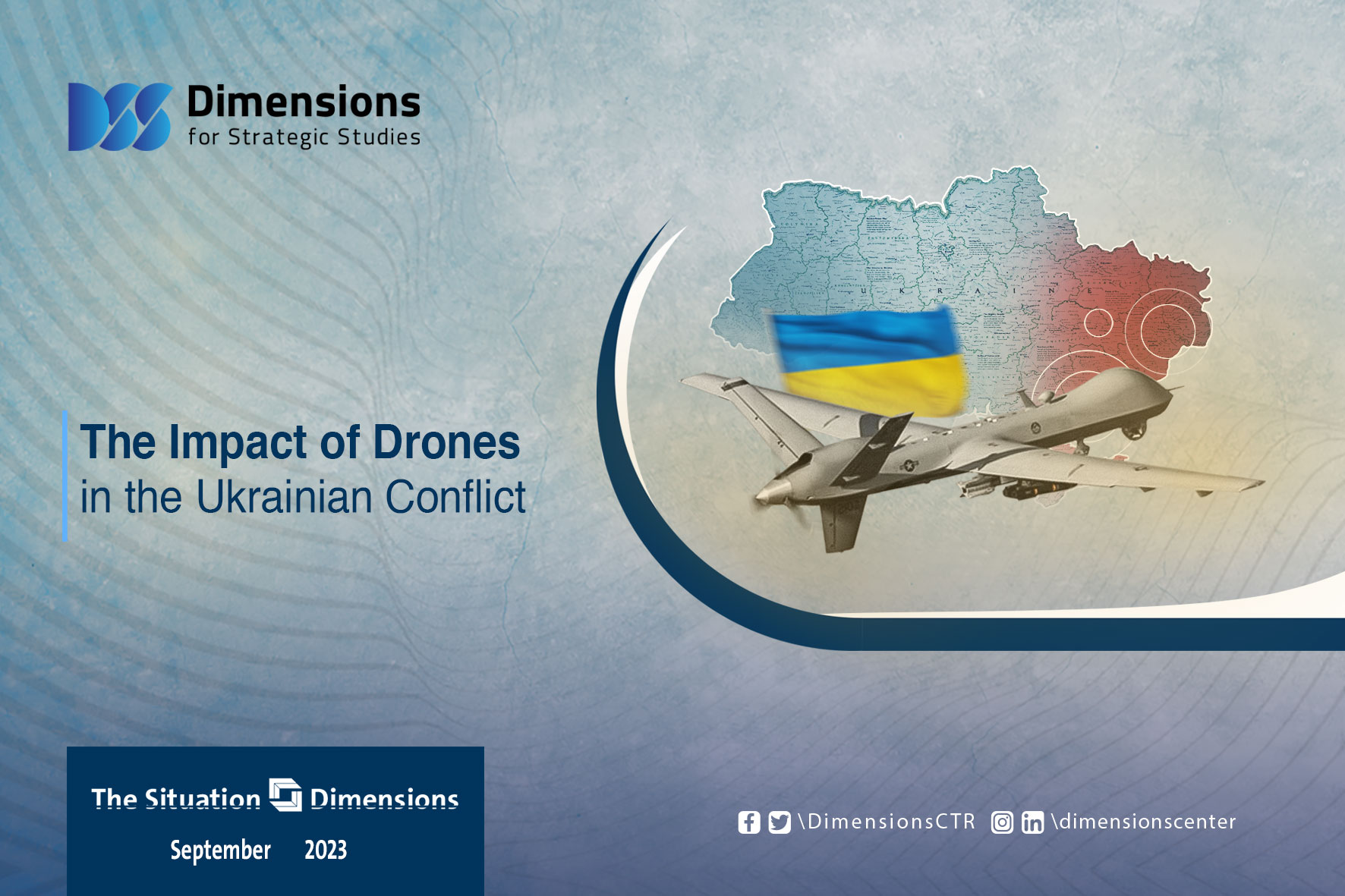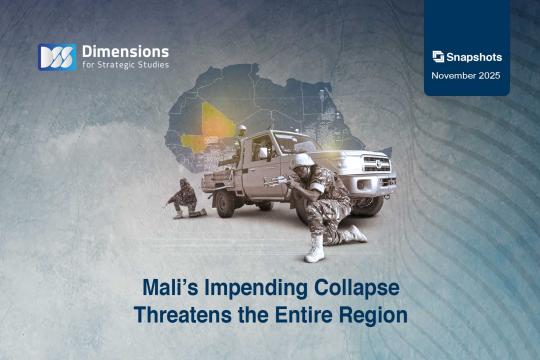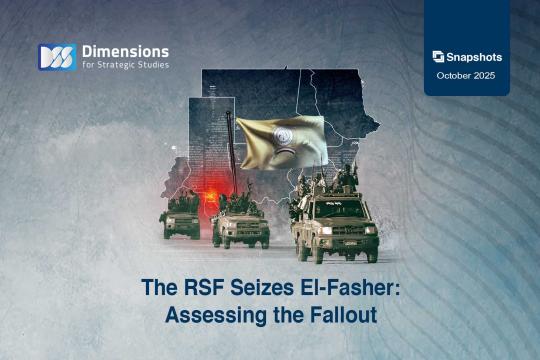
The Impact of Drones in the Ukrainian Conflict
2023-09-111826 view
According to Western reports, Ukraine has used cardboard drones for the first time in a series of attacks aimed at six Russian military locations, including the Pskov air base and the military Kursk airport.
Ukrainian Deputy Prime Minister and Minister of Digital Transformation, Mykhailo Fedorov, in collaboration with the General Staff of the Armed Forces of Ukraine, announced in May 2022 the creation of the world's first army of unmanned drones. Due to their low operational costs compared to traditional fighter jets, these drones have the capability to carry out offensive actions against vital targets within Russia, including the capital, Moscow. In August 2023, Ukrainian drones targeted six Russian areas at once. Their attacks resulted in the destruction of transport aircraft and ignited a large fire at a military airport in the city of Pskov, located in northwest Russia.
In light of the successful drone attacks, Ukraine has neither publicly claimed direct responsibility nor disclosed the types of drones used in these operations. This indicates a strategic shift in Ukraine's military approach, focusing on internal targets in Moscow and diverting Russian attention to securing these potentially vulnerable locations. This, in turn, would allow Ukrainian forces the opportunity to advance within their own territory and reclaim areas currently under Russian control. This strategy relies on a number of key factors, which include:
1 – Ukraine relies on drones from multiple countries, such as American "kamikaze" drones and Turkish "Bayraktar TB2" , in addition to its domestically produced OQ-22 drones, which have a range of 800 km and can fly for 6-7 hours. Most of the targeted locations within Russian territory fall within this drone's operational range. This suggests that Ukraine is using its domestically produced drones in these operations to circumvent Western and American policies that prohibit targeting Russian interior locations with Western weapons supplied to Ukraine as part of the military support the United States provides in facing Russian military operations.
2 – In deploying their drones, Ukrainian forces have employed an "integrated defense" approach, fortifying their own airspace with air defense systems like the Patriot missiles. This clarifies why Ukrainian drones are being launched from locations close to the Ukrainian-Russian border. Additionally, the Ukrainian military is capitalizing on the limitations of Russian air defense systems. These systems often struggle to detect drones because their radar technology is designed to identify targets based on speed. Any aircraft with a speed below 32 km/h is typically considered a stationary target and not treated as hostile. Furthermore, these radar systems rely on detecting a substantial thermal signature, which requires an engine of significant power—something not featured in the drones Ukraine is using.
3 – The announcement that some of the drones provided by the Australian government are made of paper might be a form of strategic messaging or propaganda. This paper could be specially treated to make it suitable for various drone operations. If the drones are designed for offensive missions, their structure is engineered to carry bombs and missiles for targeted strikes. If they are so-called "kamikaze drones," they would be equipped with an explosive charge that detonates upon reaching the intended target. Reconnaissance drones would be fitted with cameras to relay images. Further modifications could include a specialized coating similar to that used on American stealth aircraft, which employs a carbon-based paint designed to absorb and not reflect radar waves. Given the possibility of Ukraine learning from Western weaponry provided to them, it's conceivable that such features could be integrated into their domestically-produced drone technology.
Ukraine seems poised to intensify its deployment of drone warfare, leveraging both Western aid and indigenous capabilities. This focus comes as Ukraine lacks a formidable conventional air force and faces a steep learning curve in training crews for sophisticated armaments, such as the F-16 fighter jets provided by the United States. Recognizing Russia's limitations in countering drone technology, Ukraine is taking a multi-pronged approach. Despite Russia's efforts to upgrade its air defense systems, it remains inadequately prepared to neutralize Ukrainian drone offensives. This strategy aligns with recent remarks from Ukraine's Defense Minister Oleksiy Reznikov, who announced in August of this year that Ukraine aims to become self-reliant in drone production rather than relying solely on assembly within its borders. To this end, legislative measures, such as the elimination of customs duties on drone components, have been implemented.





